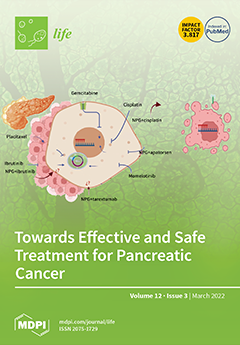The concentration of greenhouse gases (GHGs) in the atmosphere has been increasing since the beginning of the industrial revolution. Nitrous oxide (N
2O) is one of the mightiest GHGs, and agriculture is one of the main sources of N
2O emissions. In this paper, we reviewed the mechanisms triggering N
2O emissions and the role of agricultural practices in their mitigation. The amount of N
2O produced from the soil through the combined processes of nitrification and denitrification is profoundly influenced by temperature, moisture, carbon, nitrogen and oxygen contents. These factors can be manipulated to a significant extent through field management practices, influencing N
2O emission. The relationships between N
2O occurrence and factors regulating it are an important premise for devising mitigation strategies. Here, we evaluated various options in the literature and found that N
2O emissions can be effectively reduced by intervening on time and through the method of N supply (30–40%, with peaks up to 80%), tillage and irrigation practices (both in non-univocal way), use of amendments, such as biochar and lime (up to 80%), use of slow-release fertilizers and/or nitrification inhibitors (up to 50%), plant treatment with arbuscular mycorrhizal fungi (up to 75%), appropriate crop rotations and schemes (up to 50%), and integrated nutrient management (in a non-univocal way). In conclusion, acting on N supply (fertilizer type, dose, time, method, etc.) is the most straightforward way to achieve significant N
2O reductions without compromising crop yields. However, tuning the rest of crop management (tillage, irrigation, rotation, etc.) to principles of good agricultural practices is also advisable, as it can fetch significant N
2O abatement vs. the risk of unexpected rise, which can be incurred by unwary management.
Full article






